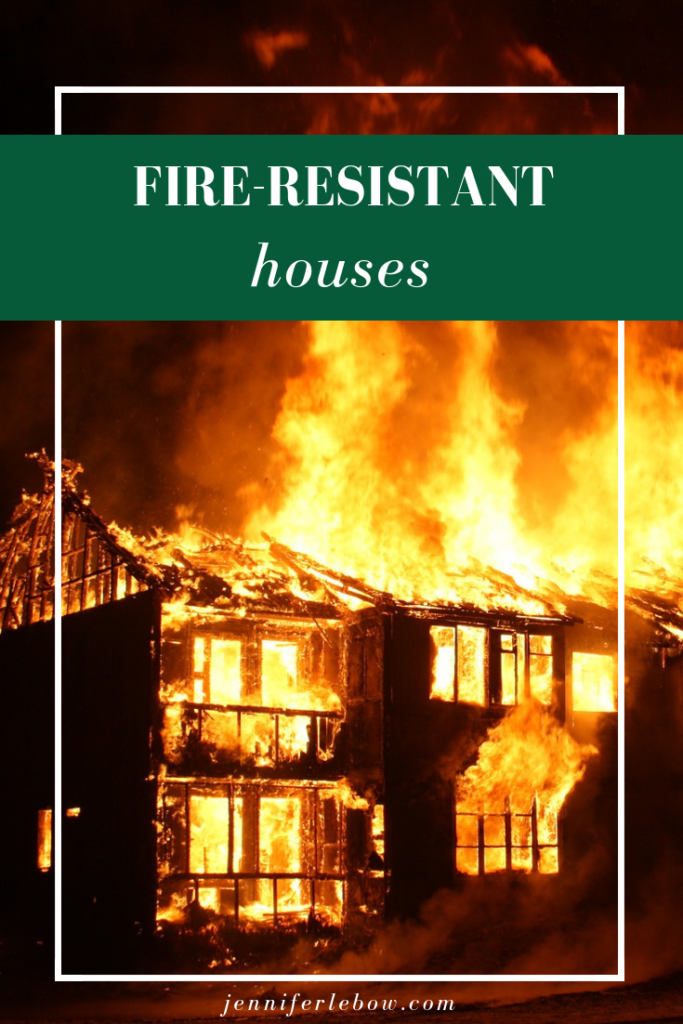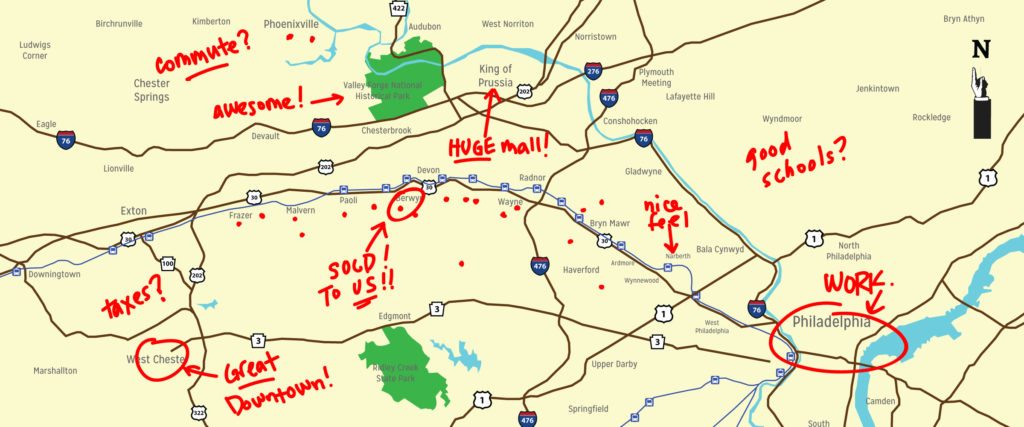
Fire-resistant designs are in demand
As a result of all the recent wildfires, both home owners and builders/engineers/architects are all looking seriously at methods to improve the fire-resistance of houses and other structures. While tornadoes, hurricanes and flooding destroy many more homes than fire, the only way to effectively combat those violent weather events is to build a windowless concrete bunker. Most people don’t want to live in that kind of environment. However, fire-proofing shows a little more practical promise. For an overview of the problem, click here.
How to improve fire-resistance
How big an issue is this? With 2018 yielding some of the worst destruction of property by wildfires ever recorded, it’s a big deal. And with climate change predictions indicating an overall increase in temperatures, the concern is very real.
A UCLA architecture professor wrote an article outlining suggested materials as well as siting strategies to withstand a wildfire. Many of his recommendations are practical and often standard building methods. He specifies naturally fire-proof exterior materials like brick, stone and stucco and notes that double-glazed windows are a much better choice than single-glazed. Solid core doors and sprinklers are also readily-available and wise choices.
Some builders are widening the scope to considering siting choices, like making sure non-combustible materials like asphalt create a ring around the house to prevent fire from crossing. They are also looking at new materials for other external structures like fences and decks to act as a kind of moat around the house. Of course, they also recommend using fire resistant roofing materials and doors as well as sheathing and glazing that can withstand the punishing conditions of a wild fire. Materials like stone, metal and glass are best.
The future
While no one can be certain what kinds of weather and climate patterns are in store, the data overwhelmingly suggests that it will be hotter and more volatile. Water levels are already rising due to melting of polar ice caps and flooding is expected to increase. Unfortunately, very high winds (like in hurricanes and tornadoes) and water from flooding is extremely hard to combat with building materials or techniques. It does, however, seem likely that homes can be built to be more resistant to fire without a significantly higher cost. I am guessing that we will see more homes built that consider the risk of fire and are designed to lessen potential damage.


Leave a Reply